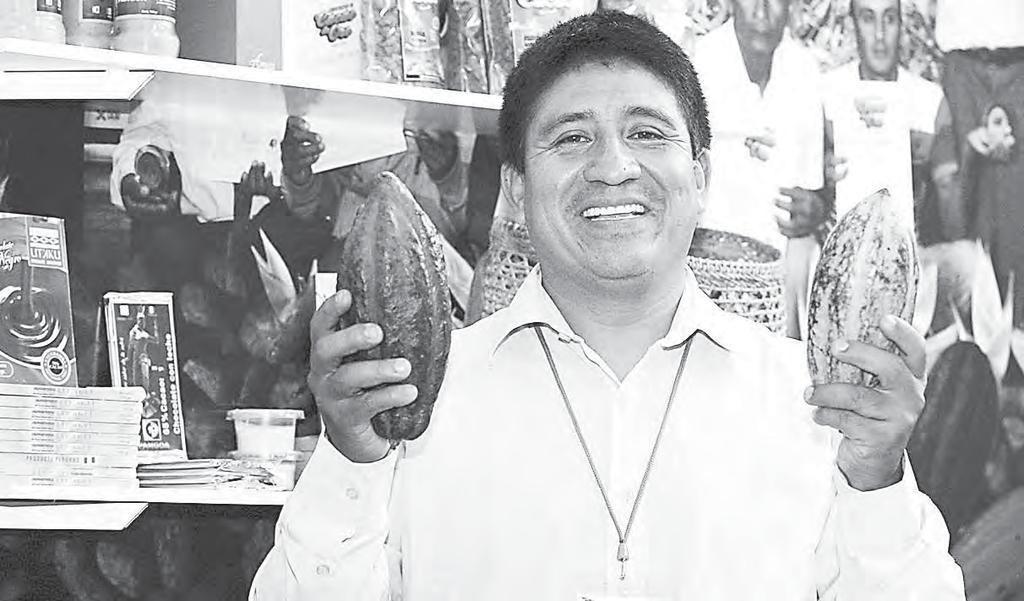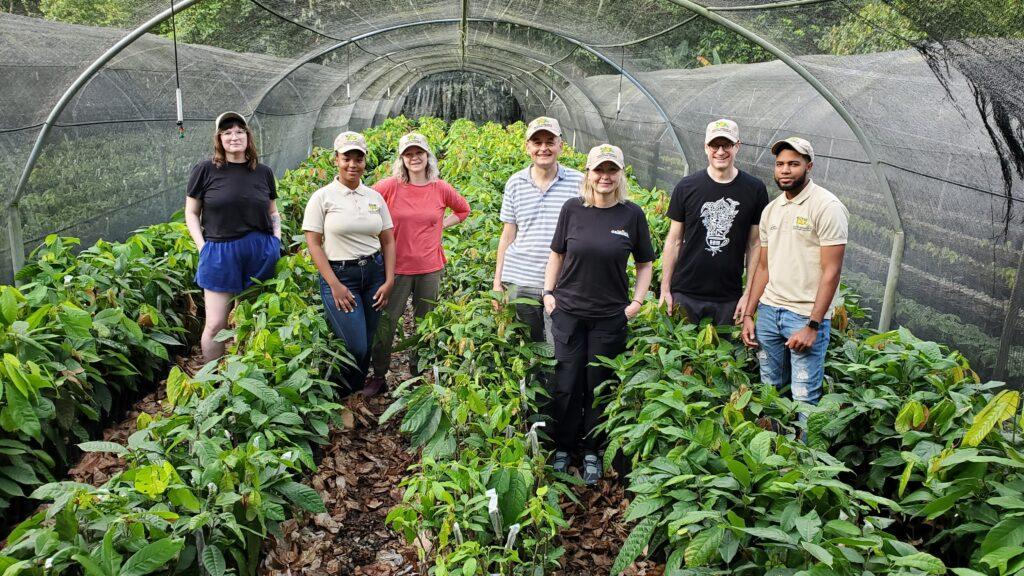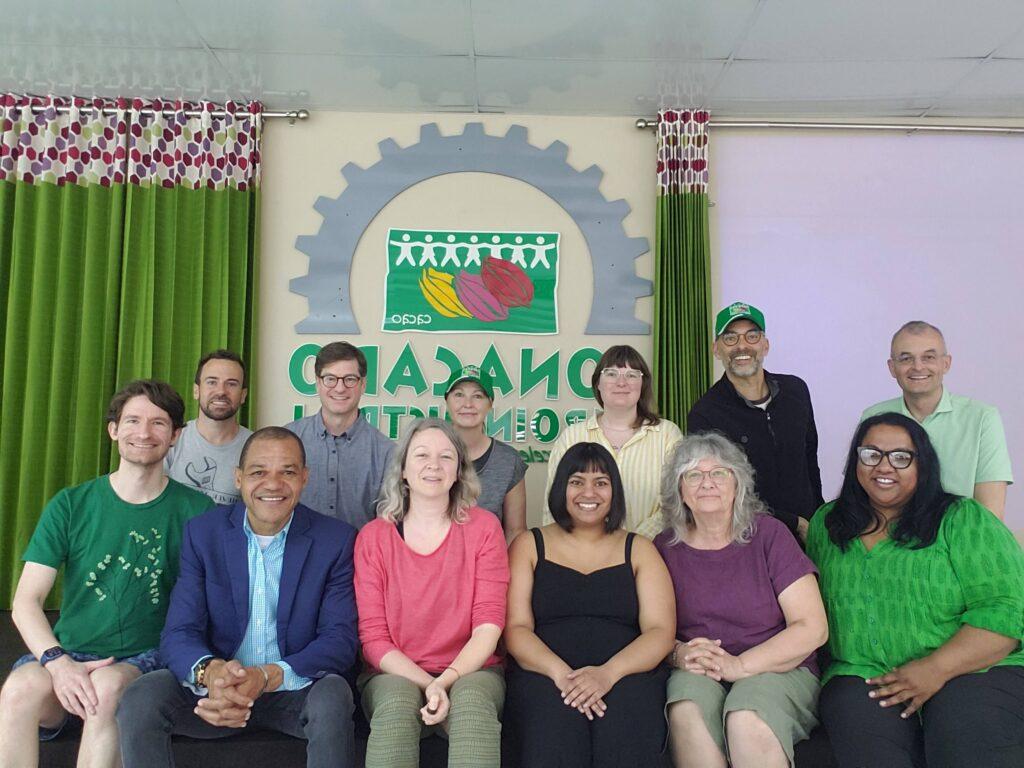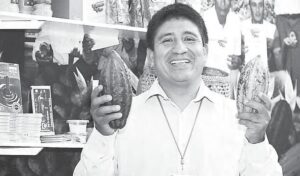 We had a chance to catch up with Luis Mendoza, who serves as General Manager of the Peruvian Association of Small-Scale Cocoa Farmers. Last year when we visited our farmer partners of Acopagro, Mr. Mendoza provided an orientation training for our trip participants.
We had a chance to catch up with Luis Mendoza, who serves as General Manager of the Peruvian Association of Small-Scale Cocoa Farmers. Last year when we visited our farmer partners of Acopagro, Mr. Mendoza provided an orientation training for our trip participants.
Camino: In December 2018, the Fairtrade Labelling Organization (FLO) announced a $400 increase in the minimum price for cocoa beans purchased under FLO certified Fairtrade standards. The higher price goes into effect this coming October of 2019. Among the small scale farmer members of organizations belonging to APPCACAO, is there a lot of awareness about the change in the Fairtade price?
Luis: During almost all of 2018, FLO undertook a series of consultations among the cocoa producing countries. In our region, the Coordination Body for Latin America and the Caribbean led this process, which involved over 76 farmer organizations. Forty-four of the farmer groups that participated in the consultations are located here in Peru. A similar process was undertaken in different regions across the globe.
As a result of that information-gathering process, new FLO fair trade prices were announced at the end of 2018 and those prices go in affect starting in October 2019.
FLO Fairtrade mimimum cocoa price = US$2400 per metric ton
Fairtrade premium = US$240 per metric ton
Premium for organic Fairtrade = US$300 per metric ton
This increase in the minimum price, the Fairtrade premium, and the differential for organic is very important for farmers, especially these days when international cocoa prices are at historically low levels. Nonetheless, there is a low level of awareness about these changes among farming communities, so it will be necessary to use media outlets and other educational tools to increase understanding about this.
Camino: On average, how much are farmers receiving for the cocoa beans these days? Do you believe farmers will receive higher prices during this year’s harvest as a result of the increase in the Fairtrade prices?
Luis: If we do see an increase in organic fair trade cocoa prices, that impact will not really be felt until 2020. Through the first five months of this year, January through May 2019, the average world market price fluctuated between US$2,263 and US$2,315 per ton. The price farmers got, in other words the farmgate price, was between US$2.00 and US$2.20 per kilogram of cocoa. The hope is that with the fair trade and organic premiums, small scale farmers would get another US$0.50 per kilogram, typically in the form of an end-of-season overprice payment from their co-operative or farmers association. In cases where farmers are growing specialty quality cacaco, like the Gran Blanco cacao in Piura or the Chuncho caco in Cuzco, the average price is over US$3,000 per ton. Of course, that translates into a higher price for the farmers.
Camino: For small scale cocoa farmers, will the estimated US$300 per ton price increase for organic fair tade be important?
Luis: Any price increase that reaches small scale farmers is very important. Additionally, the price helps cover the much higher costs involved in growing organically and growing a high quality product. It’s important that we emphasize the high degree of commitment to sustainable farming practices being used by the small scale farmers involved in APPCACAO. Keep in mind that it is significantly more difficult and more expensive to grow cocoa in a sustainable organic method, particularly when you consider the high cost of organic fertilizer and the amount of work to control weeds and maintain phytosanitary farm conditions without chemicals. During the consultations around Fairtrade pricing, the farmers stressed the need to revisit the topic of pricing every two years so that as conditions change, we have a chance for the market to value and reward the work of dedicated organic cocoa farmers.
Camino: You just participate in a major event — in the Salón de Cacaco y Chocolate – Peru, which is held in Lima every July. How was your organization APPCACAO involved in Salón?
Luis: This year our Salón de Cacaco y Chocolate – Peru celebrated its 10th Anniversary and it has become one of the most important agricultural trade events in the country. For farmers and for all the major organizations involved in the industry, the event creates a space to come together to advance knowledge and learning, exchange information about everything chocolate from farm to table, and make the connections to best support farmers.
For Peru, cocoa is a flagship national export and it is key to recognize the value of the crop. Cocoa is genetically originated from plants in the Peruvian amazon and because of that, there is a richness of genetic varities in cocoa that reminds us of the need to protect the rainforest. We also have a lot of work to do to promote locally-made chocolate consumption in our own country and to promote cocoa as an ingredient — be that for fine dining, candy-making, the bakery industry, and even the pharmaceutical and cosmetic businesses. Helping our local cocoa farming organizations and processors become exporters was a key topic at the Salon.
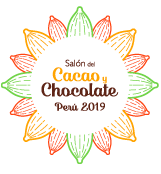
The 10th Anniversary edition of the Salon wasa held during July 11-14 and featured business roundtables, cooking demonstrations, a field trip we call Ruta del Cacao, and programs for youth attendess — that’s our Choco-Kids program. Concurrent with the Salon, we held the Fifth National Chocolate Contest and the 13th Annual National Cocoa Contest, all of which recognized and give quality awards for the very best chocoalte makers and cocoa farmers for their excellence.
Our organization APPCACAO led the organizing committee for the Salon, which is made possible though a high degree of collaboration between our offices and farmer organization members, the U.S Agency for International Development, the United Nations, and ministries our Government. It is very rewarding to be part of this event that gives access to overseas markets for small scale farmer organizations and contributes to social and economic development.
